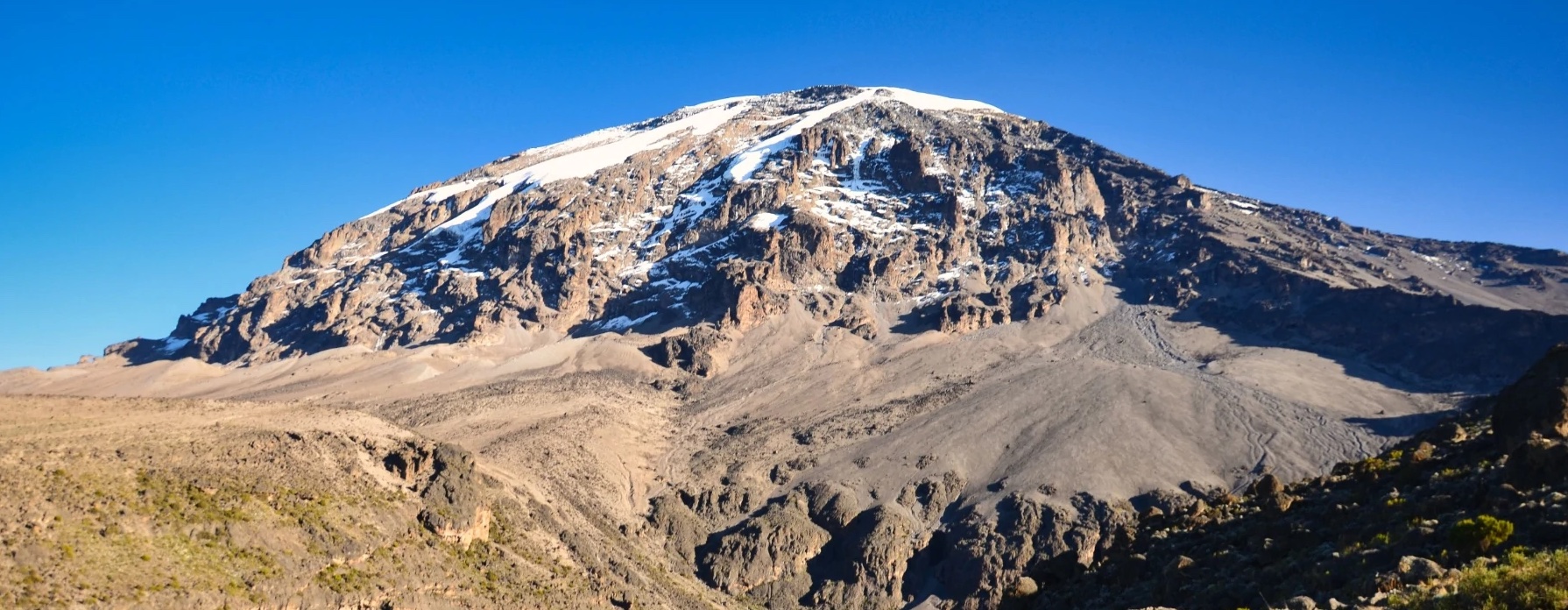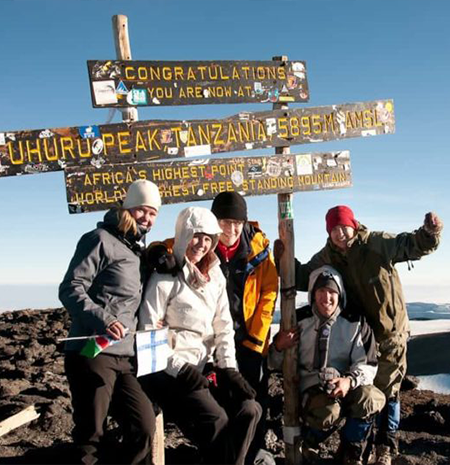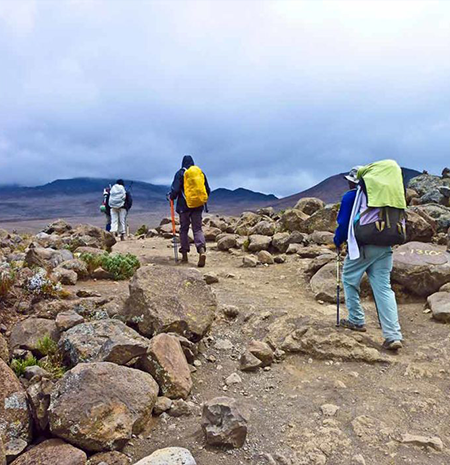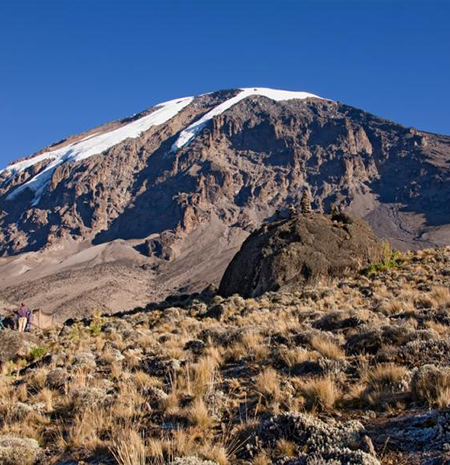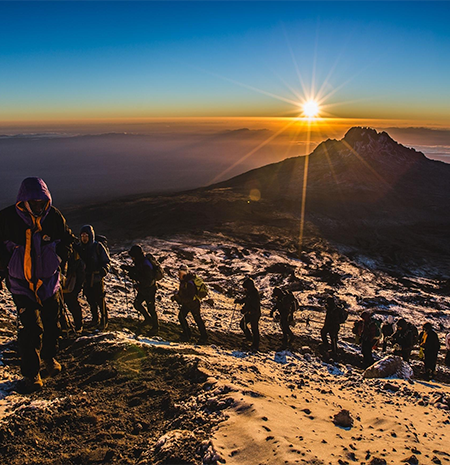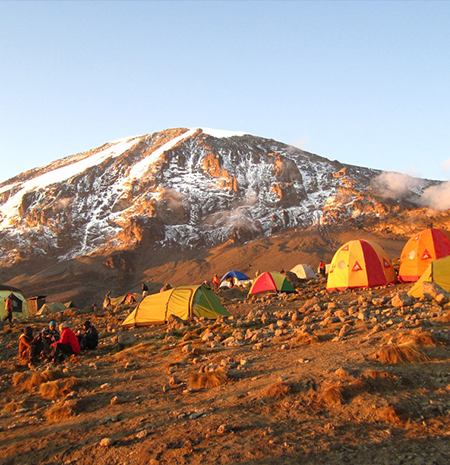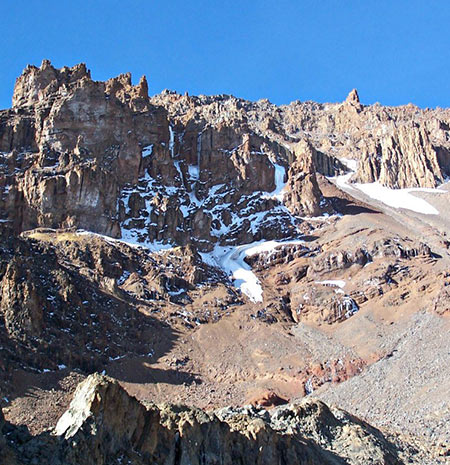If you’re exploring this website, it’s likely that the allure of climbing Mount Kilimanjaro through the Lemosho Route has captured your curiosity. Widely acknowledged as the premier trail on Mount Kilimanjaro, the Lemosho Route has emerged as a game-changer in the climbing experience. In the not-so-distant past, the Marangu (Coca-Cola) route and the Machame (Whiskey) route were the primary choices for Kilimanjaro ascent.
However, the rapid growth of Tanzania’s tourism industry prompted the Kilimanjaro park authority to cultivate a multitude of trails leading to Africa’s pinnacle. This strategic move aimed to disperse climbers across the park’s various zones, alleviating congestion and fostering a more serene journey. Furthermore, these innovative trails were meticulously designed to enhance climber acclimatization through extended distances, lengthier mountain sojourns, and gradual elevation gains. Among these contemporary routes, the Lemosho Route stands out as a relatively recent addition, embodying the essence of this progressive approach.
The Lemosho Route is frequently regarded as the most picturesque among the trails leading up Mount Kilimanjaro. Spanning the entire Shira Plateau from west to east, it offers a delightful, largely level walk. Until it meets the Machame route by the Lava Tower, there are fewer crowds on this trail.
Introduced as one of the more recent routes on the mountain, the Lemosho Route overlaps with a section of the Machame route. Nevertheless, the Lemosho Route presents several benefits over the Machame, especially for those travelers who aren’t constrained by time.
During your Mount Kilimanjaro Trek, the Lemosho Route approaches the summit from the western side. It starts with hikers being driven from Moshi town to the Londorossi Gate, from where they spend the following two (2) days hiking through the verdant rainforest until they reach the Shira Ridge. The route proceeds across the flat pleasant Shira Plateau crossing from the west to the eastern side. As you approach the Lava Tower, the crowd of people increases as this route joins the Machame Route. You will follow the southern circuit which traverses the lower southern ice-field of the mountain before reaching the summit via Barafu. The descent will be along Mweka route back to the mountain gate.
Originating from the western side of Mount Kilimanjaro at the Londorossi Gate, the Lemosho Route meanders through one of the mountain’s more secluded sections. The journey leads trekkers through a captivating rainforest where there’s potential to encounter wildlife. Frequently spotted are black and white colobus monkeys, blue monkeys, small lizards, and a diverse array of birds. Following the forest, the trail extends onto the Shira Plateau, traversing it from west to east across a terrain that’s predominantly flat and easy for walking. The initial days on the Lemosho Route are marked by tranquility, seeing considerably less footfall compared to the Machame and Marangu routes. This lends an added charm to the trekking experience, often giving the sensation of having the entire mountain exclusively to oneself.
While the Lemosho Route does eventually converge with the Machame route, leading to a rise in traffic, its early stages offer a serene atmosphere ideal for climbers seeking solitude.
Much of the terrain and scenery covered by the Lemosho Route overlaps with the Machame, encompassing landmarks such as the Lava Tower and Barranco Wall also referred as ‘the Wall of Death’. However, the initial stages of the Lemosho present unparalleled panoramic views of the surrounding landscapes that can’t be glimpsed from any other trail on Mount Kilimanjaro.
The route beckons adventurers to traverse untouched rainforests and ascend to the Shira Plateau. Once above the forest canopy, the plateau unveils breathtaking views. Lemosho’s distinctive trail, combined with its longer duration, requires trekkers to set aside seven or eight days, but this extra acclimatization time contributes to a notably higher success rate in summiting the mountain.
For those aiming to optimize their odds of standing atop Mount Kilimanjaro, the Lemosho Route emerges as a top choice, surpassing both the Machame and Marangu routes in this regard. However, climbers should be cognizant that, despite its higher success rate, Lemosho is a more challenging trek compared to the colloquially named “Whiskey” (Machame) and “Coca-Cola” (Marangu) routes.
Certain stretches of the Lemosho Route are notably steeper and require more exertion from trekkers. Additionally, this route involves spending an extra night or two in tents, adding to the overall adventure. Nonetheless, the unique benefits of the Lemosho Route distinguish it from other trails, leading to its rising popularity among adventurous spirits.
For those seeking to conquer Kilimanjaro via the Lemosho Route, there are options for both a 7-day and an 8-day climb. The 7-day variant streamlines the journey by combining the itinerary for days five and six, transitioning directly from Barranco Camp to Barafu Camp, bypassing the typical stop at Karanga.
The climb can be done in different variations including the seven (7) Days trek combines the hike from Barranco camp to Barafu Camp eliminating a night at Karanga camp, the eight (8) days trek, or the Nine (9) Days itinerary which allows a night at Crater Camp.
